Classic cars often stir up nostalgia and admiration, but some went beyond aesthetic appeal and became engineering marvels of their time. These vehicles showcased groundbreaking technology, design, and performance that influenced the automotive world for decades. Here are ten classic cars that blended beauty with innovation.
Jaguar E-Type

The Jaguar E-Type, produced from 1961 to 1975, is often celebrated for its striking looks, but its engineering prowess was just as impressive. The car featured a monocoque construction, which was revolutionary at the time, providing a lightweight yet strong structure. This design, coupled with its sophisticated suspension system, offered an unprecedented driving experience.
Under the hood, the E-Type boasted a 3.8-liter inline-six engine, later upgraded to a 4.2-liter, which delivered exceptional performance. Its top speed of 150 mph was remarkable for its era, showcasing the E-Type’s blend of style and engineering innovation.
Porsche 911

The Porsche 911 debuted in 1964 and quickly became a legend due to its unique rear-engine layout and timeless design. The 911’s engineering marvel lies in its ability to balance performance and usability, with its flat-six engine providing a distinctive sound and thrilling power.
Over the years, the 911 has undergone continuous refinement, but its core engineering principles remain. The introduction of the Turbo model in 1975 set new benchmarks for performance, proving that the 911 was more than just a pretty face—it was a technological powerhouse.
Citroën DS
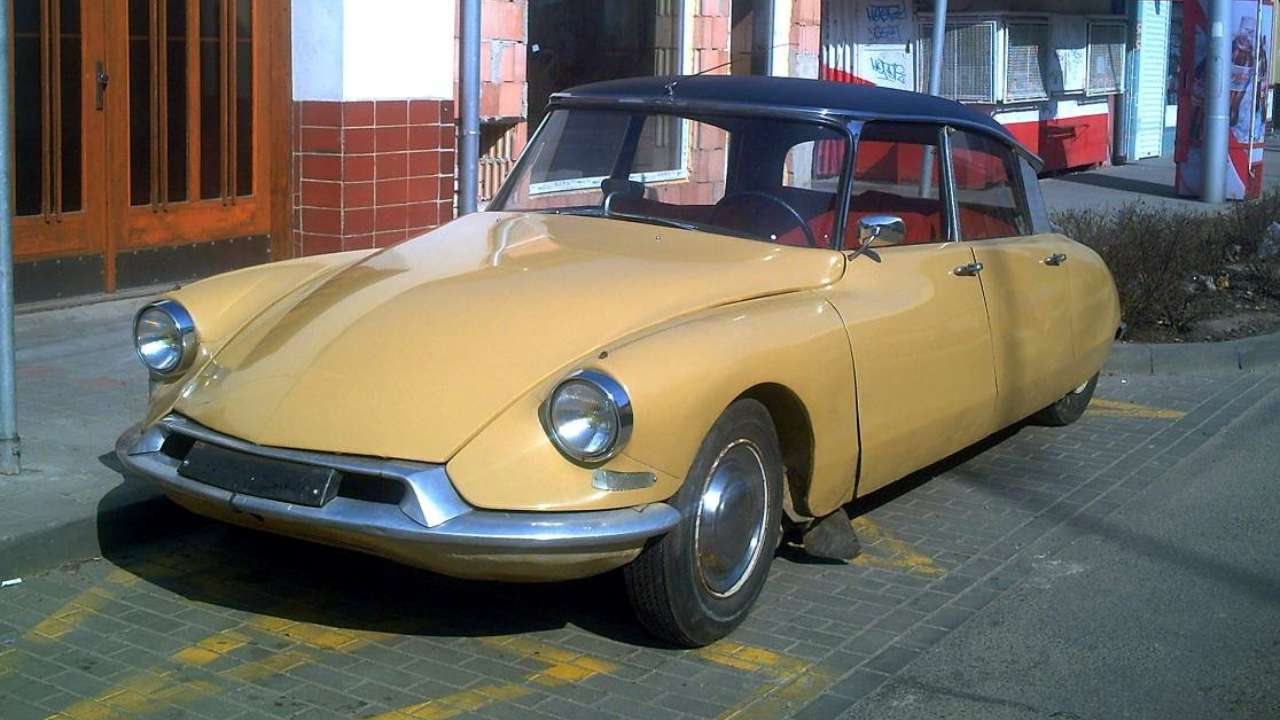
The Citroën DS, launched in 1955, was a car ahead of its time, featuring innovations that were unheard of in the automotive industry. Its hydropneumatic suspension system offered unparalleled ride comfort and was a significant leap in automotive technology.
Furthermore, the DS was equipped with power steering, disc brakes, and a semi-automatic transmission, all of which contributed to its reputation as an engineering marvel. Its aerodynamic design and avant-garde aesthetics made it a standout vehicle that still captures imaginations today.
Chevrolet Corvette Stingray

The Chevrolet Corvette Stingray, especially the second-generation model from 1963 to 1967, combined American muscle with innovative engineering. The car’s fiberglass body was a pioneering feature that reduced weight and improved performance.
Its independent rear suspension and powerful V8 engines provided a thrilling driving experience that set new standards for American sports cars. The Stingray’s bold design and engineering advances make it a classic icon that continues to influence modern Corvette models.
Mercedes-Benz 300SL Gullwing

The Mercedes-Benz 300SL Gullwing, produced from 1954 to 1957, is a testament to engineering excellence. Its most distinctive feature, the gullwing doors, was a practical solution to the high sills of its tubular space frame chassis, which provided incredible rigidity and lightweight performance.
Equipped with a fuel-injected inline-six engine, the 300SL was capable of reaching speeds over 160 mph, making it one of the fastest cars of its time. Its combination of cutting-edge technology and design elegance solidified its place as an automotive legend.
Ford GT40

The Ford GT40 was born out of a desire to beat Ferrari at the 24 Hours of Le Mans, and it did so spectacularly, winning the race four consecutive times from 1966 to 1969. Its engineering brilliance lay in its aerodynamic design and powerful V8 engine.
The GT40’s low-slung profile and advanced suspension system allowed it to dominate the racing circuit, showcasing American automotive ingenuity. Its success at Le Mans cemented its status as a motorsport icon and an engineering marvel.
Lamborghini Miura
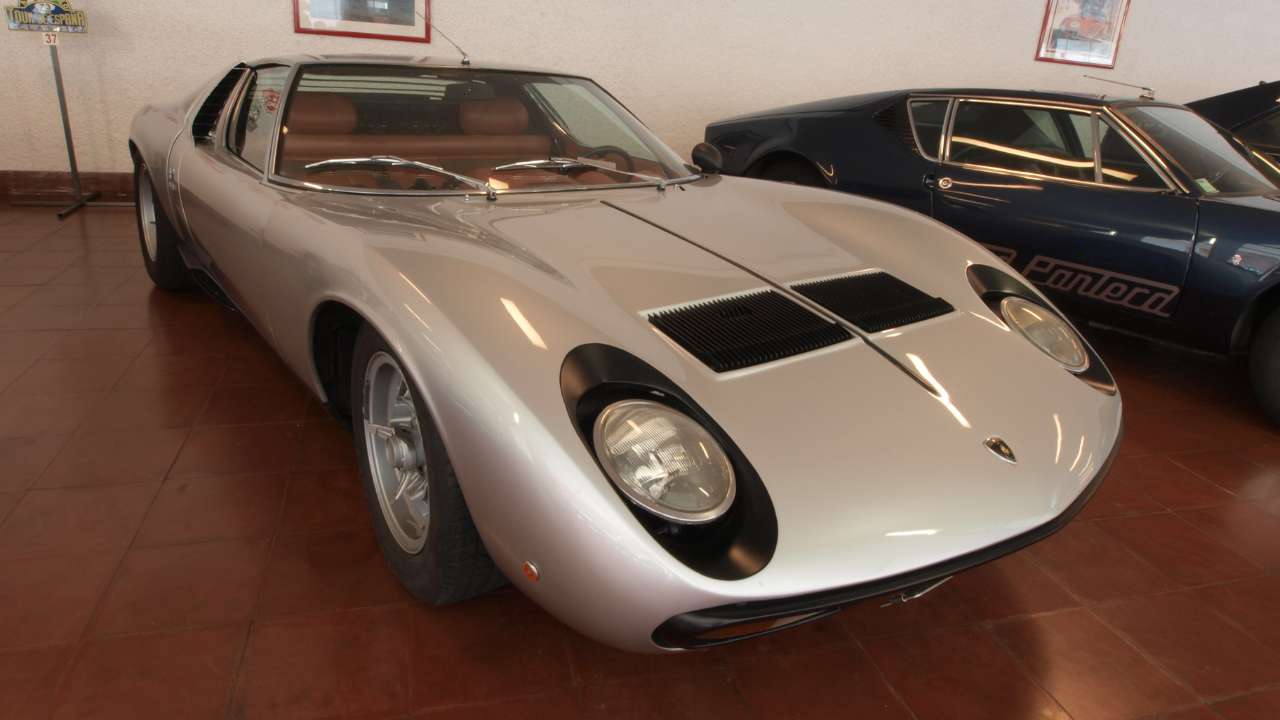
The Lamborghini Miura, introduced in 1966, is often credited with being the first supercar, thanks to its mid-engine layout and breathtaking design. The Miura’s engineering innovation included a transversely mounted V12 engine, which was revolutionary for road cars at the time.
Its exceptional performance and handling made it a favorite among car enthusiasts, and it set the standard for future supercars. The Miura’s blend of style, speed, and engineering prowess remains influential in the automotive world today.
Volkswagen Beetle
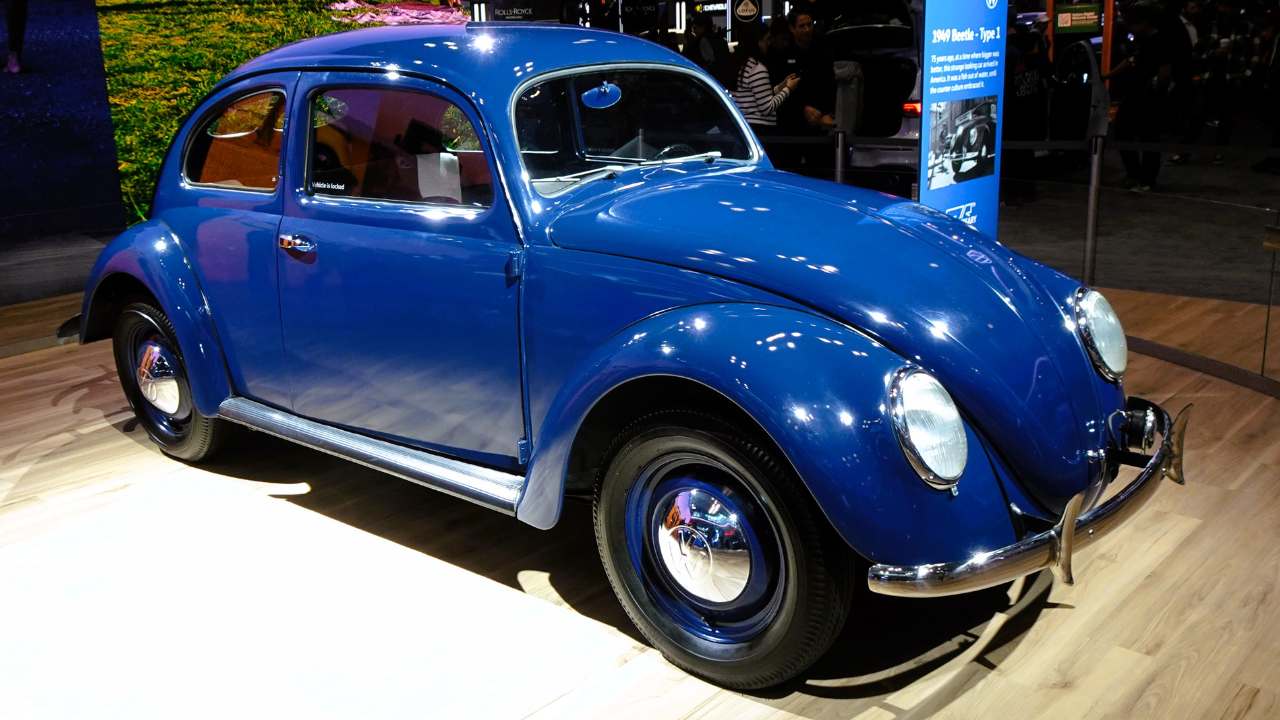
The Volkswagen Beetle, with its iconic design, is one of the most recognizable cars in the world. Its engineering marvel lies in its simplicity and durability, features that made it a global success. The Beetle’s air-cooled rear-engine setup was straightforward yet effective, providing reliability and ease of maintenance.
Produced from 1938 to 2003, the Beetle’s lasting appeal can be attributed to its robust engineering and adaptability, making it a beloved classic that continues to charm car lovers worldwide.
BMW 2002
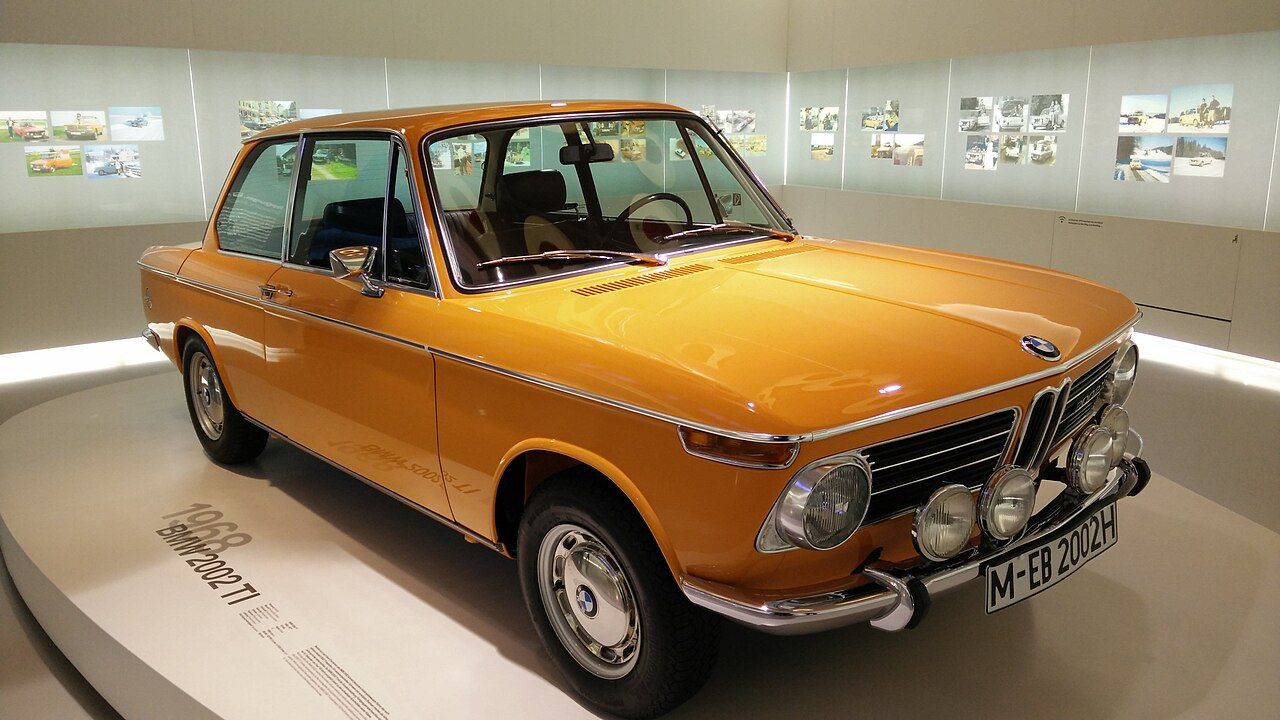
The BMW 2002, produced from 1968 to 1976, is often credited with establishing BMW’s reputation for sporty, driver-focused cars. Its engineering excellence was evident in its responsive handling and spirited performance, thanks to its well-tuned suspension and lively four-cylinder engine.
The 2002’s influence is still seen in BMW’s modern-day lineup, as it laid the groundwork for the brand’s focus on the ultimate driving experience. Its blend of practicality and performance made it a standout in its era and a classic favorite today.
Ferrari 250 GTO

The Ferrari 250 GTO is a legendary sports car that combined breathtaking design with exceptional engineering. Produced from 1962 to 1964, the 250 GTO was built for racing, featuring a V12 engine that delivered thrilling performance on the track.
Its aerodynamic design, with a focus on balance and agility, made it a competitive force in motorsport. Today, the 250 GTO is one of the most coveted classic cars, with its engineering brilliance and timeless appeal making it a true masterpiece.
Like Fast Lane Only’s content? Be sure to follow us.
Here’s more from us:
*Created with AI assistance and editor review.


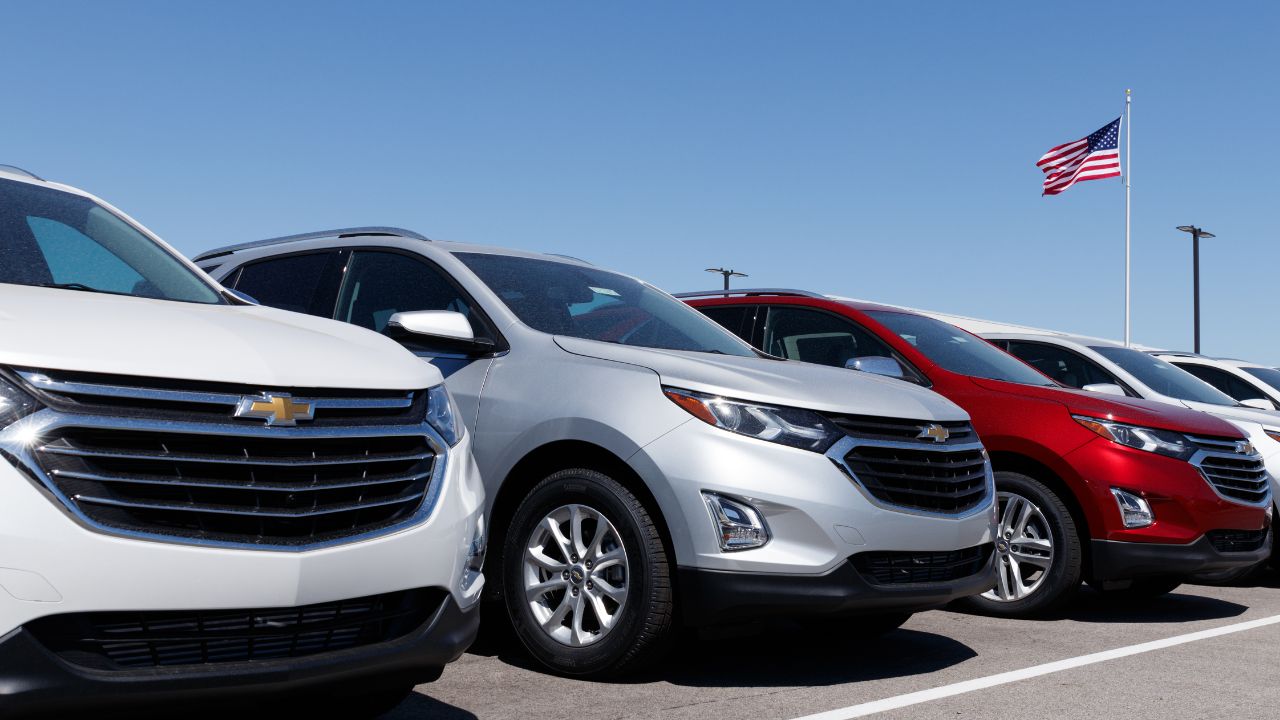



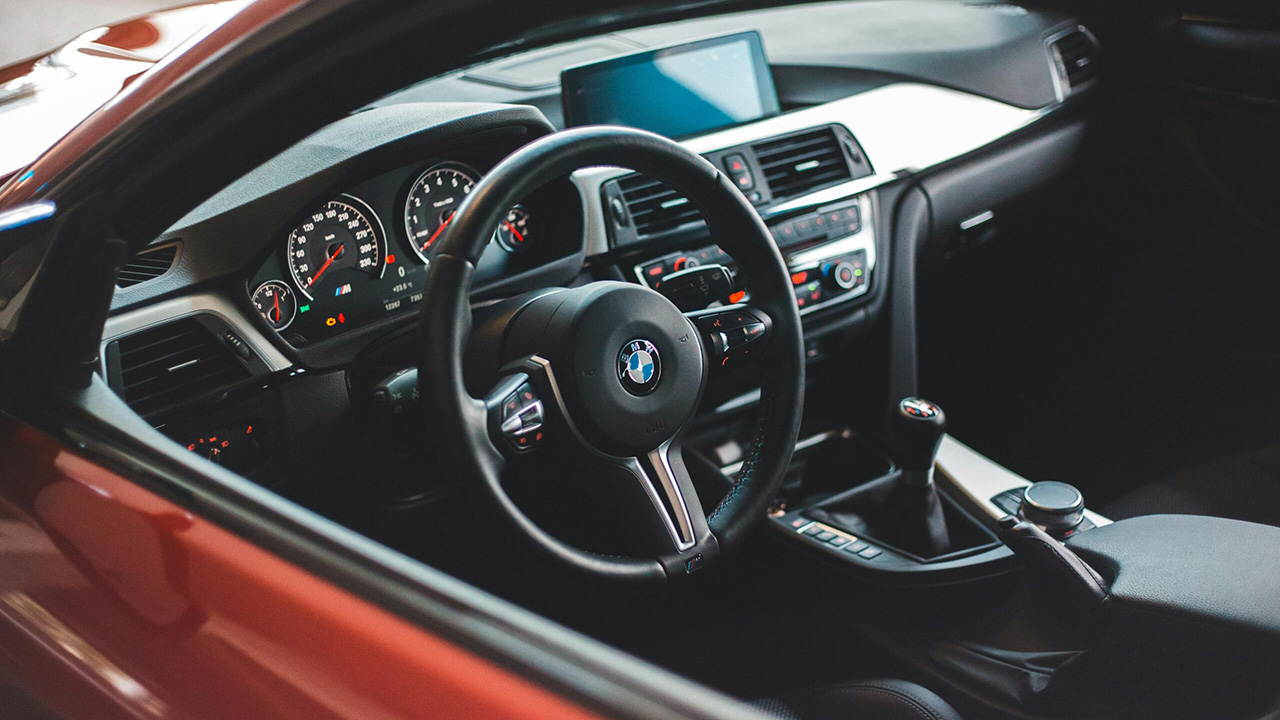
Leave a Reply